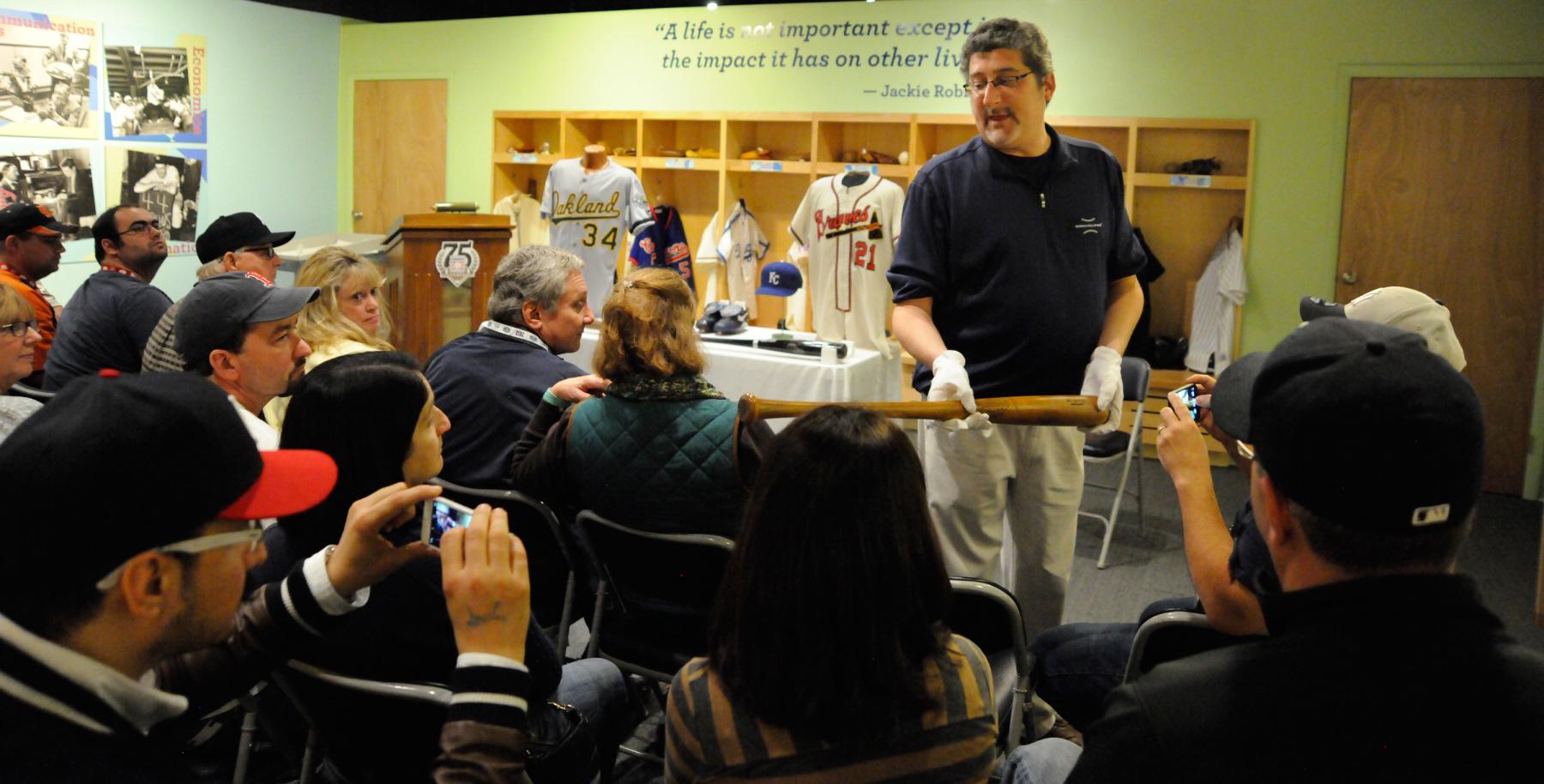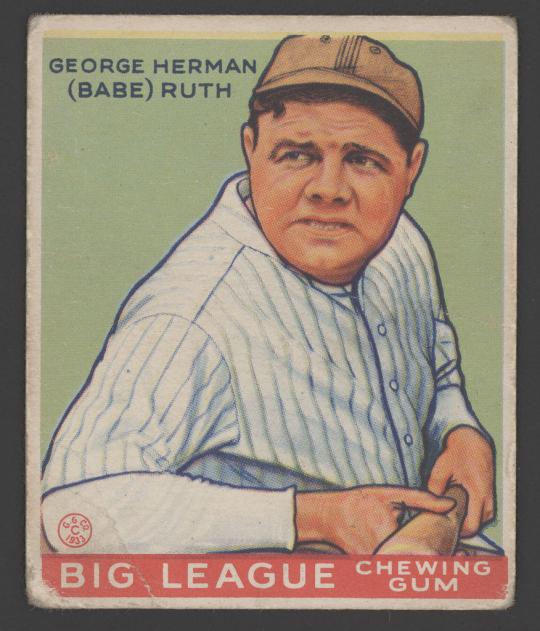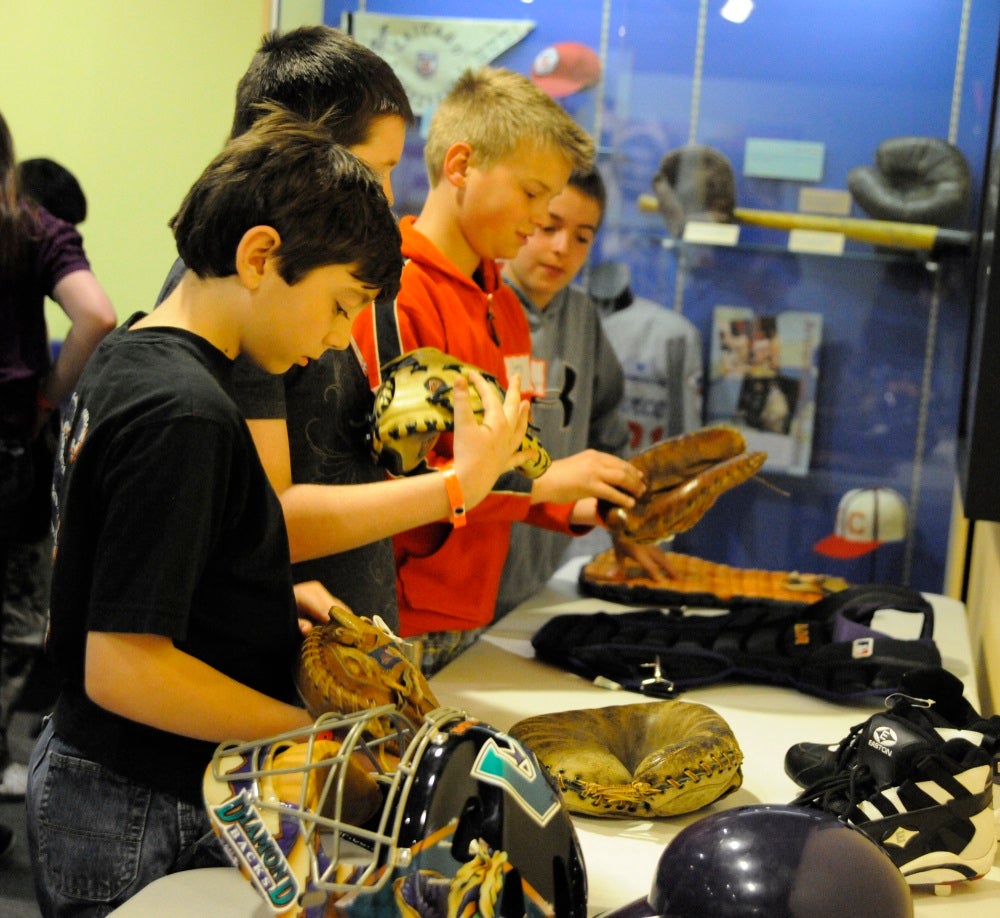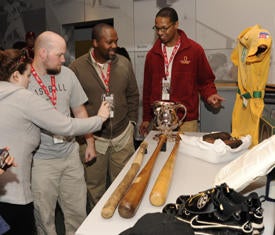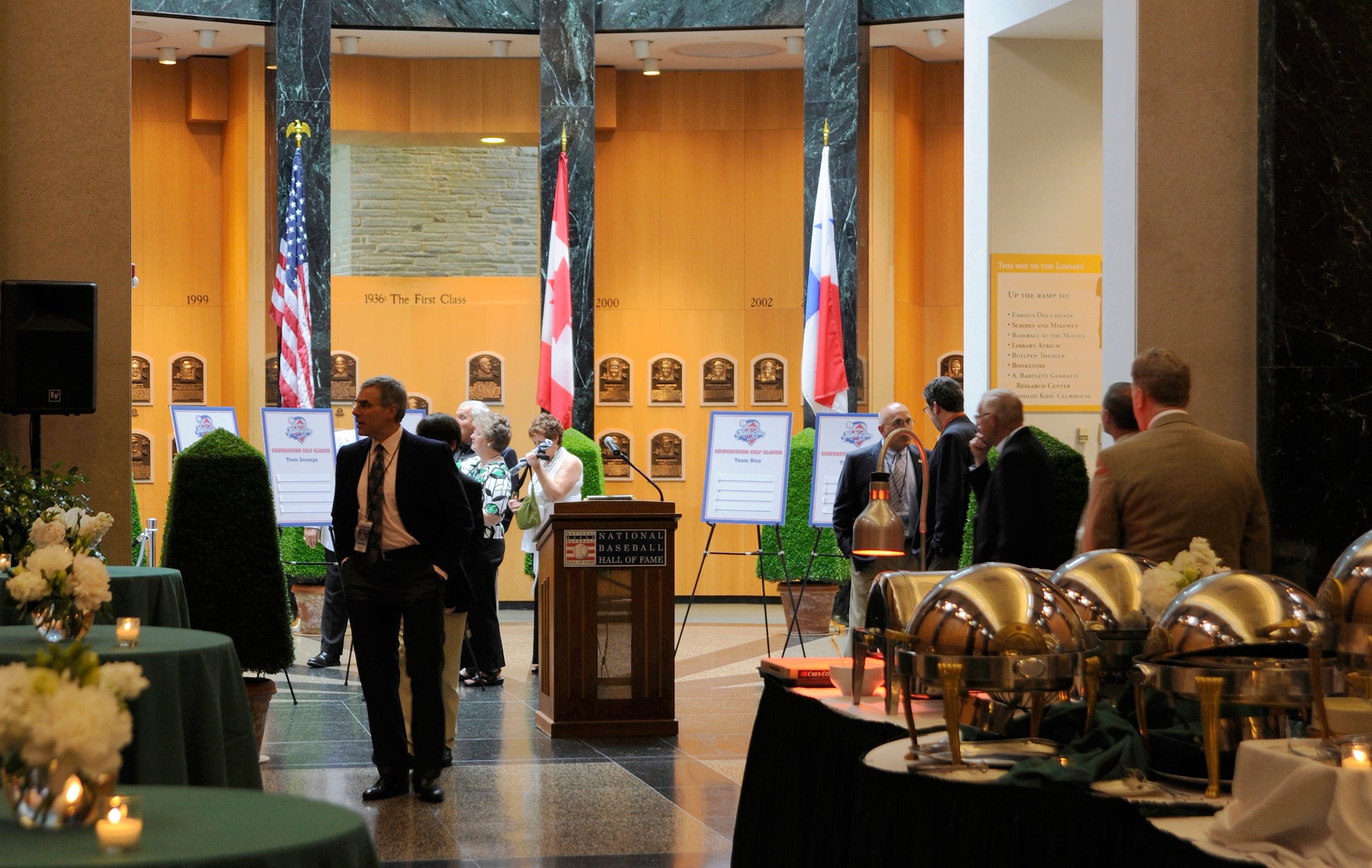Card Catalog: Preserving baseball cards at the Hall of Fame
But through determined conservation efforts – made possible through the support of fans around the world – that erosion can be significantly slowed. That process is maintained every day in Cooperstown, and the Museum’s new Care and Conservation Workshop gives visitors a glimpse at the Museum’s dogged efforts to preserve the game’s history – including the beloved cards that have enthralled fans for decades.
A Museum experience like no other
The inaugural Collection Care and Conservation Workshop, a program that offers both exclusive access to the Hall of Fame collection and an enriching look at how Museum staffers care for cherished baseball artifacts, will be held March 14-15 at the Hall of Fame in Cooperstown. The workshop includes an artifact spotlight featuring several items from the Museum Collection and a tour of the Library Archive that contains hundreds of thousands of photographs and historic documents, along with more than 14,000 hours of recorded media.
Two unique seminars, in which participants can learn how artifacts are properly stored and preserved, will follow the tours. The seminars hosted by the Hall of Fame’s staff charged with caring for the Museum Collection and Library Archive will give participants a better understanding of how to care for their personal baseball collection, including equipment, autographs and photographs. Topping off this unforgettable two-day experience is a private catered dinner in the Hall of Fame’s iconic Plaque Gallery.
Almost all fans of the game collect something to preserve our baseball memories and share them with our friends and family. Now you can learn from the experts at the National Baseball Hall of Fame and Museum how to care for these special items and ensure that they are preserved for future generations of your family. This workshop will give you the knowledge you need to care for your own collection, using the same techniques developed by the professionals who care for the collection in Cooperstown.
Available for purchase exclusively through select Cooperstown Chamber of Commerce accommodations, these two programs offer once-in-a-lifetime experiences and make for a great get-away for individuals, couples and families, or a unique gift for a special baseball fan in your life. For a complete list of local accommodations, please click here or contact the Membership department via email or call 607-547-0397.
A History of Cards
Before modern printing techniques developed, a picture card was called a cabinet card or carte de visite (CDV). This type of card depicted an individual player or team that was placed on a hard thick cardboard backing and often exhibited in a cabinet. These cards were produced as snapshots in time and had no commercial purpose at the time of their production.
In the early 1900s, candy companies emerged to distribute cards along side the tobacco companies and produced some very colorful and popular cards that are still coveted today. Many other companies entered the mix such as bakeries and clothing manufacturers. With the beginning of World War I, candy and gum cards became popular and more affordable. The DeLong Gum Company, Cracker Jack, and the American Caramel Company all produced visually appealing sets.
Today there are thousands of card sets and the hobby is still going strong. New production techniques, such as plastic 3-D cards and the insertion of pieces of bats and uniforms have made cards more unique and marketable.
Sue Mackay is the director of collections at the National Baseball Hall of Fame and Museum; Craig Muder is the director of communications at the National Baseball Hall of Fame and Museum
Workshop Schedule
Day 1
9:30 a.m. - Check-in
10:00 a.m. - Greeting and Welcome
10:45 a.m. - Library Archive Tour
12:00 p.m. - Break / Lunch on your own
1:15 p.m. - Artifact Spotlight
3:30 p.m. - Seminar Session I
5:00 p.m. - Extended Museum Access
5:30 p.m. - Cocktail Reception
6:00 p.m. - Private Group Dinner in the Hall of Fame Plaque Gallery
Day 2
10:30 a.m. - Seminar Session II
12:00 p.m. - Self-Guided Tour of Museum/Time in Cooperstown
Accomodations
The event is only available for purchase through the select Cooperstown Chamber of Commerce accommodations noted below:
August Lodge
Holiday Inn Oneonta
Landmark Inn
The Inn at Cooperstown
The White House Inn


